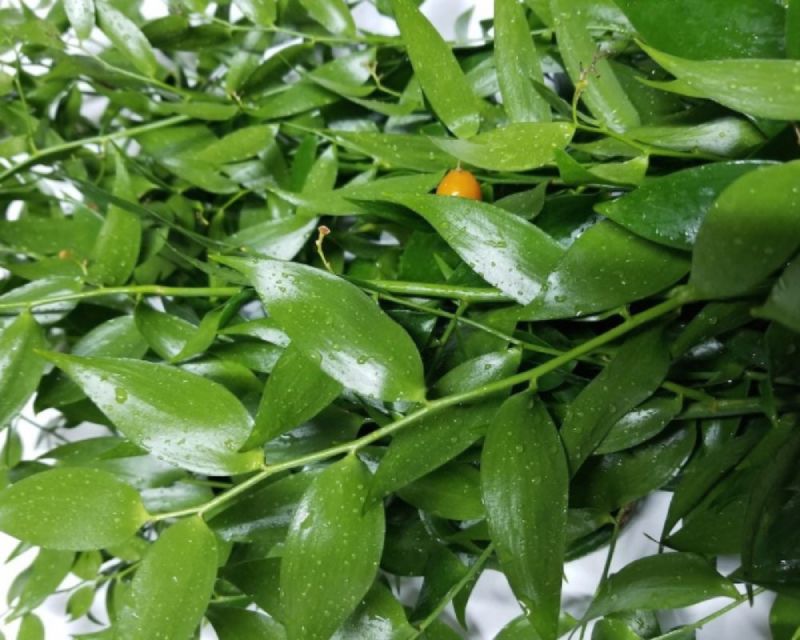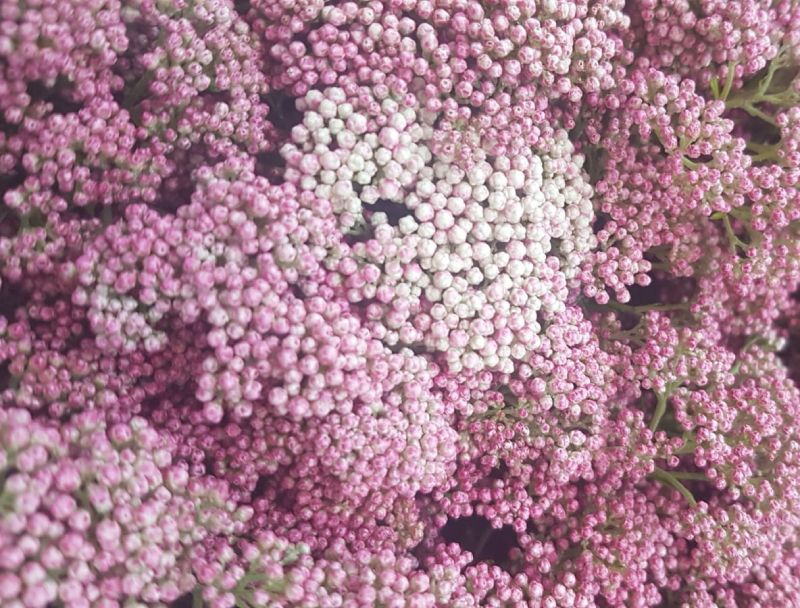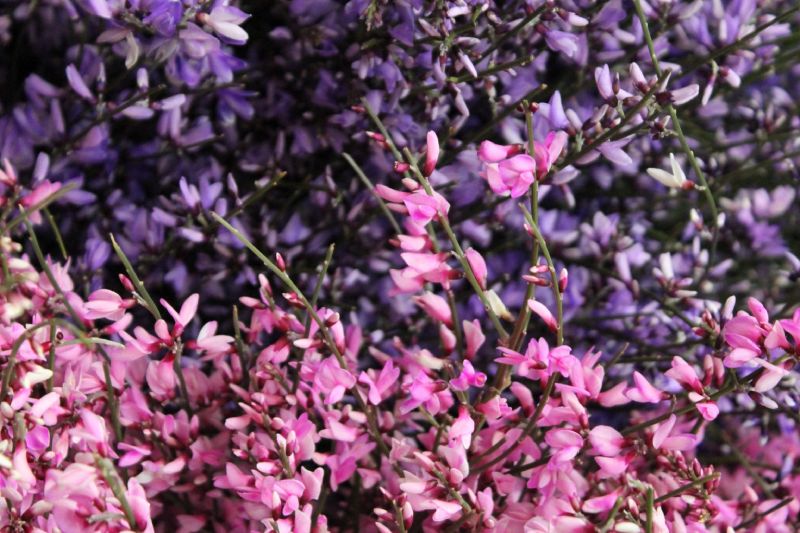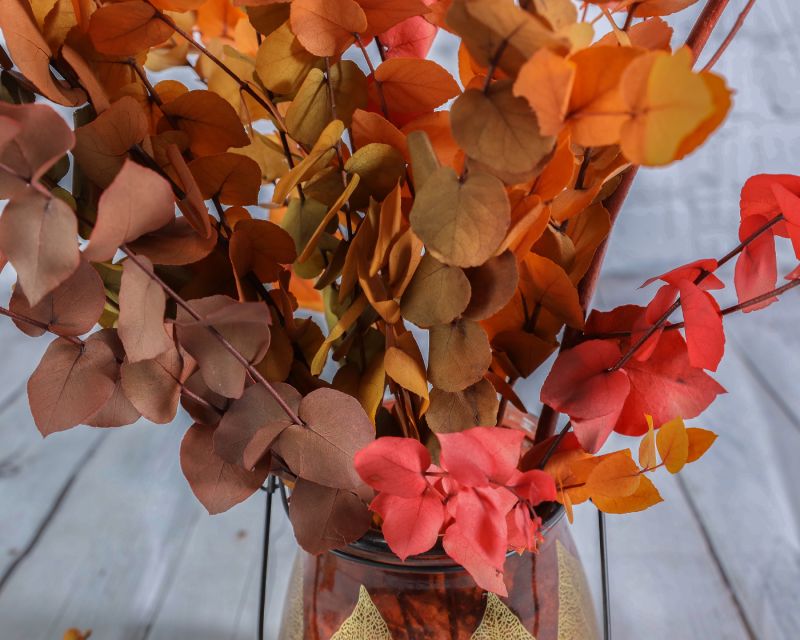Slender silhouette, a dark and shiny green and orange berries in spring. This evergreen shrubby plant is among the most appreciated and used to enhance the floral decorations on the occasion of any event and festival.
Also called Danae Racemosa or Alexandrian laurel, it is cultivated only in a few areas of the world, including Italy and in particular in Liguria, where the land we own is located.
The main characteristics of Ruscus Racemosus
One of the main peculiarities of Italic ruscus racemosus is its leaves. In fact, rather than true leaves, they are rather extensions of the stems (cladodes), which develop flattened tips. These thinned tops take on a flexuous, lanceolate shape, giving Ruscus the appearance of an elegant, sinuous shrub with rich foliage.
Other characteristics are:
- Family: Ruscaceae
- Type: herbaceous perennial, rhizomatous
- Habit: bushy
- Growth: up to 120 cm tall; over 1m wide
- Leaf color: dark and shiny green on both sides
- Flower: tiny and starry, creamy-white in color
- Berries: orange
- Cultivation soil: well drained
- Location: shade or half-shade; undergrowth
- Cold resistance: down to -10 degrees Celsius
The cultivation of Ruscus Racemosus in the lands of Liguria
Ruscus Racemosus is originated in the cradle of the Mediterranean, and it is here, even today, that its cultivation is most flourishing. Its high resistance to drought and temperatures as low as -10°c makes it easy to care for. However, the areas of the world where it is grown are very few: Italy, Turkey, Syria and Iran.
Ruscus loves shady areas and grows proudly in undergrowths protected by the foliage of taller trees, as in the alpine and Liguria areas. It is precisely in these places that it is able to develop to its fullest and grow even more luxuriantly, just like that of the Italian variety that we carefully cultivate in our lands on the heights of Sanremo in Beuzi.
Ruscus Racemosus in events and festivals
Elegant, versatile and available year-round, Ruscus Racemosus is often used to embellish any type of event.
The slender shape of the foliage and the bright green color make this plant perfect as a complement to floral decorations, precisely because it can bring out the colors of the flowers used. It adds a refined, understated yet sophisticated touch to environments used for important and exclusive events, such as weddings, baptism, vernissages or institutional events.
Thanks to its bright berries that contrast with the dark green leaves, Ruscus is also often adopted for winter festival decorations, woven into wreaths and centerpieces. Or it can also be used as a potted plant.
Finally, the cut Ruscus Racemosus has the ability to last a long time from cutting and therefore is particularly suitable for all those occasions where the floral decoration needs to keep its beauty intact for several days.
The other varieties of Ruscus
In addition to Racemosus, the most appreciated varieties of Ruscus are those of Aculeatus and Hypoglossum, also used for decorations, thanks to their bright green and showy red berries.
Ruscus Aculeatus is mostly known as Butcher’s Broom because of its small leaves with a prickly thorn-like end.
Hypoglossum also has its own more common name than its botanical name, namely Ruscus Israeli or Ruscus Gardeni. The leaves of this variety spread out in the center and take on a soft, rounded shape.



